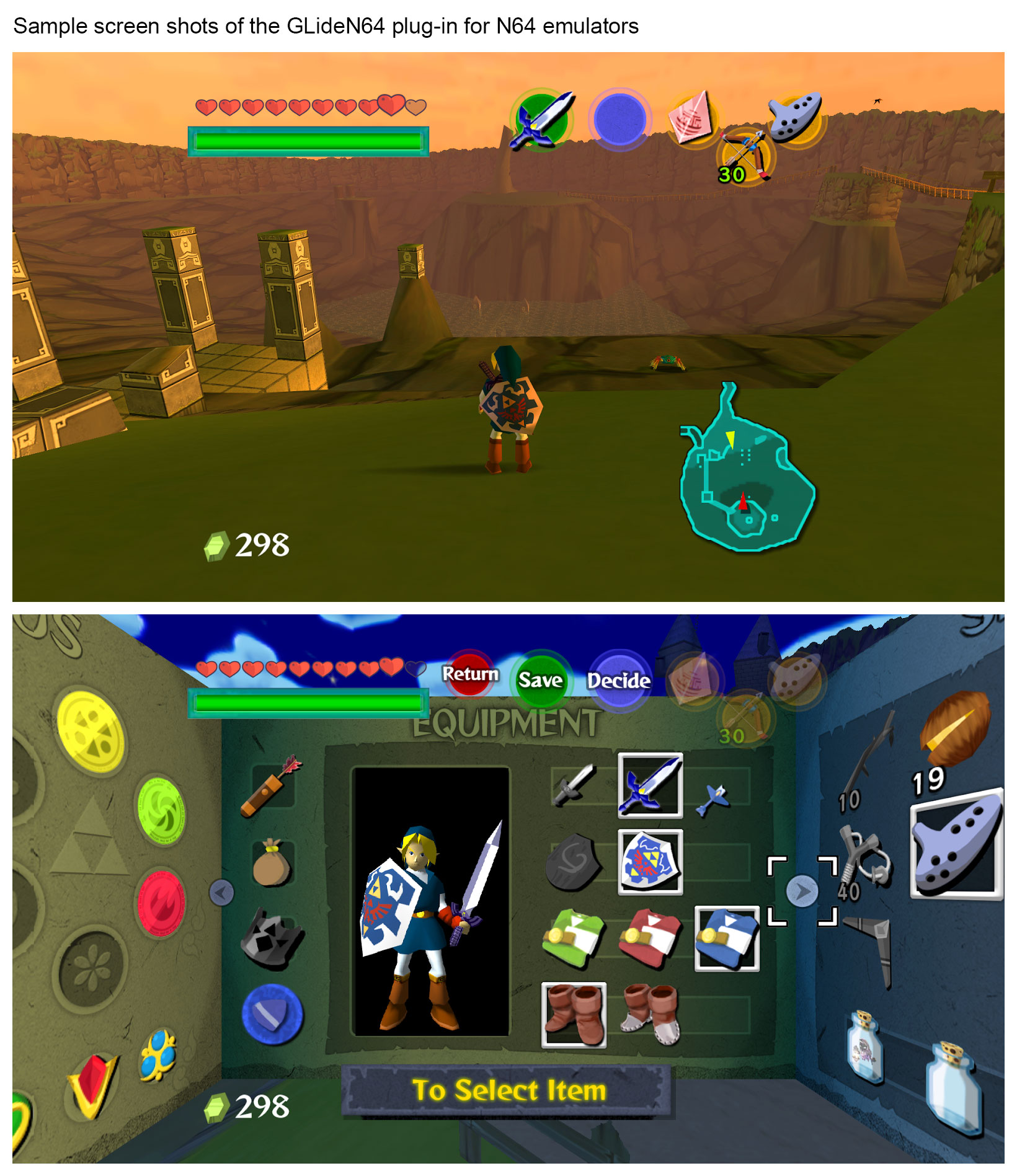

These colors were chosen through an online poll at Bandai’s website, with the metallic and pearl white models being discontinued on July 22 to make room for the special two-tone editions. Three limited edition two-tone models were also released in frozen mint, sherbet melon and soda blue. The WonderSwan launched on Maand was available in nine casing colors: pearl white, skeleton green, silver metallic, skeleton red, blue metallic, skeleton blue, skeleton black, camouflage, and gold. It is also compatible with the (right) for select Bandai games. The WonderWave accessory is an infrared communicator that could transfer data between two WonderSwans. The company promised a 30-hour battery life, a low retail price, and a launch lineup of roughly fifty games. The WonderSwan was officially unveiled in Tokyo on October 8, 1998.īandai chose the name of the system to highlight its aesthetics and technical capabilities because the swan is recognized as an elegant bird with powerful legs that aid its graceful swimming. Yokoi was involved in development of the new handheld, but died in 1997 in a car accident before it was released. It was then that Bandai approached Yokoi to create the WonderSwan to compete with the Game Boy. After the failure of the, however, he left the company in 1996 in order to create his own engineering firm, Koto Laboratory. Engineer is known for creating the handheld system. Bandai president Makoto Yamashina took responsibility for failing to gain the support of his company for the merger.Īs a result, Bandai entered the market without outside support. In 1997, the merger was called off suddenly.īandai's board of directors decided to oppose the merger less than a week after approving it, and Sega in turn decided to accept Bandai's actions at an emergency board meeting later that day.

The company's greatest success in electronic games, however, was the virtual pet first released in 1996.ĭespite plans for Bandai to merge with to form Sega Bandai Ltd. In 1982, the company released the in Japan, and in 1985 it became one of the first third-party licensees on the. In the 1970s, Bandai manufactured both games based on television programs and dedicated consoles. History Founded in 1950 by Naoharu Yamashina, was originally a manufacturer of toy cars and plastic models, but became a major player in the toy industry through the licensing of popular characters beginning with in 1963.Emulator Game List Manufacturer Timeline War v t e Home video game consoles. Serving 171,589 ROMs For 144 Consoles With 218 Emulators & 9,279. Bandai Playdia Xbox Neo Geo CD Nintendo Gamecube Nintendo Wii Virtual Boy 3DO Philips CD-I Sega 32 X Sega.
Do not look for any of these consoles emulator.


 0 kommentar(er)
0 kommentar(er)
